
Code: 02181369
Mammalian Preimplantation Embryo
by Barry D. Bavister
With a few notable exceptions, mammalian preimplantation embryos grown in vitro are likely to exhibit sub-optimal or retarded development. This may be manifested in different ways, depending on the species and on the stage(s) of e ... more
- Language:
 English
English - Binding: Paperback
- Number of pages: 398
Publisher: Springer-Verlag New York Inc., 2012
- More about this

114.53 €

Low in stock at our supplier
Shipping in 10 - 14 days
Potřebujete více kusů?Máte-li zájem o více kusů, prověřte, prosím, nejprve dostupnost titulu na naši zákaznické podpoře.
Add to wishlist
You might also like
-
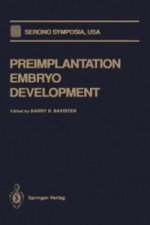
Preimplantation Embryo Development
88.97 € -
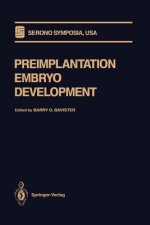
Preimplantation Embryo Development
114.53 € -
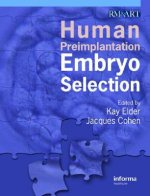
Human Preimplantation Embryo Selection
252.84 € -
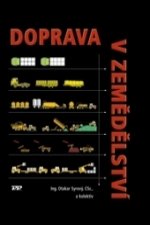
Doprava v zemědělství
12.87 € -26 %
Give this book as a present today
- Order book and choose Gift Order.
- We will send you book gift voucher at once. You can give it out to anyone.
- Book will be send to donee, nothing more to care about.
More about Mammalian Preimplantation Embryo
You get 290 loyalty points
 Book synopsis
Book synopsis
With a few notable exceptions, mammalian preimplantation embryos grown in vitro are likely to exhibit sub-optimal or retarded development. This may be manifested in different ways, depending on the species and on the stage(s) of embryonic development that are being examined. For example, bovine embryos often experience difficulty in cleaving under in vitro conditions, and usually cease development at about the 8-cell stage (Wright and Bondioli, 1981). The block to development is stage-dependent; embryos cultured for 24 hr from the I-cell stage are much more capable of developing into viable blastocysts after transfer to oviducts than embryos cultured for 24 hr from the 4-cell stage prior to transfer (Eyestone et oZ. , 1985). Similar problems with in vitro embryo development are encountered in other species. Pig embryos can be grown up to the 4-cell stage in vitro but usually no further (Davis and Day, 1978). In the golden hamster, in the rat and in many outbred strains of mice, development of zygotes in vitro is blocked at the 2-cell stage (Yanagimachi and Chang, 1964; Whittingham, 1975). Even with some inbred mouse strains, embryo development is reduced if very early cleavage stages are used as the starting point for in vitro culture (Spielmann et oZ. , 1980). A common finding is that embryos grown in vitro have reduced cell counts (Harlow and Quinn, 1982; Kane, 1985) and their viability is reduced (Bowman and McLaren, 1970; Papaioannou and Ebert, 1986) compared to equivalent developmental stages recovered from mated animals.
 Book details
Book details
Book category Books in English Mathematics & science Biology, life sciences Developmental biology
114.53 €
- Full title: Mammalian Preimplantation Embryo
- Subtitle: Regulation of Growth and Differentiation in Vitro
- Author: Barry D. Bavister
- Language:
 English
English - Binding: Paperback
- Number of pages: 398
- EAN: 9781468453348
- ISBN: 1468453343
- ID: 02181369
- Publisher: Springer-Verlag New York Inc.
- Weight: 688 g
- Dimensions: 244 × 170 × 22 mm
- Date of publishing: 30. March 2012
Trending among others
-
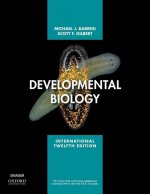
Developmental Biology
252.94 € -1 % -
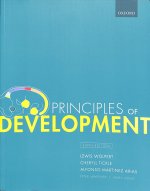
Principles of Development
79.98 € -
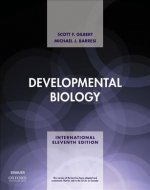
Developmental Biology
64 € -

World Beyond Physics
30.95 € -4 % -
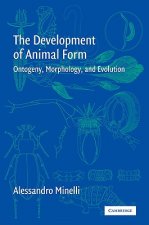
Development of Animal Form
48.32 € -

Stem Cell Production
186.33 € -
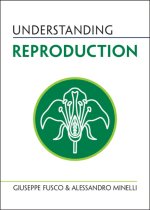
Understanding Reproduction
15.77 € -24 % -

Stem Cells in Veterinary Science
206.90 € -
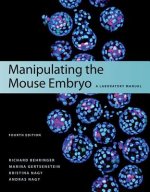
Manipulating the Mouse Embryo: A Laboratory Manual, Fourth Edition
190.13 € -

Protocols for Micropropagation of Selected Economically-Important Horticultural Plants
227.38 € -
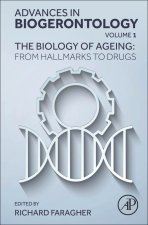
The Biology of Ageing: From Hallmarks to Drugs
174.25 € -
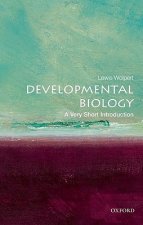
Developmental Biology: A Very Short Introduction
10.68 € -23 % -

Stem Cells
186.33 € -
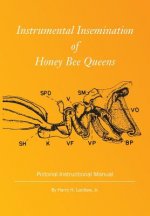
Instrumental Insemination of Honey Bee Queens
26.05 € -1 % -
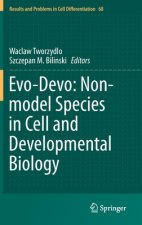
Evo-Devo: Non-model Species in Cell and Developmental Biology
206.90 € -
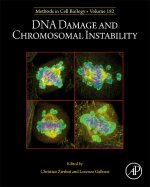
DNA Damage and Chromosomal Instability
210.50 € -
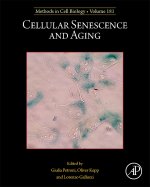
Cellular Senescence and Aging
203.81 € -

Introduction to Animal Behavior: An Integrative Approach
24.66 € -

Handbook of the Biology of Aging
122.52 € -4 % -
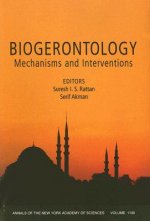
Biogerontology - Mechanisms and Interventions
182.24 € -4 % -

Potency Assays for Advanced Stem Cell Therapy Medicinal Products
186.33 € -
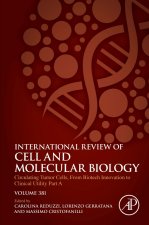
Circulating Tumor Cells, From Biotech Innovation to Clinical Utility
232.07 € -4 % -
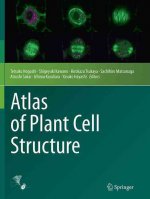
Atlas of Plant Cell Structure
246.55 € -2 % -

HOX Genes
184.43 € -
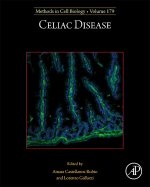
Celiac Disease
170.45 € -4 % -
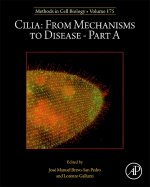
Cilia: From Mechanisms to Disease Part A
201.61 € -
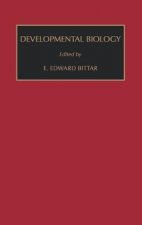
Developmental Biology
198.22 € -
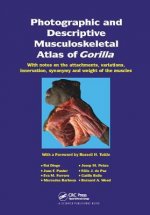
Photographic and Descriptive Musculoskeletal Atlas of Gorilla
106.04 € -
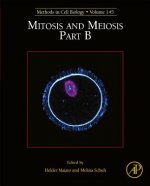
Mitosis and Meiosis Part B
201.61 € -
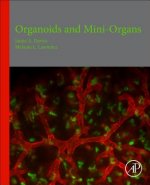
Organoids and Mini-Organs
122.52 € -4 % -
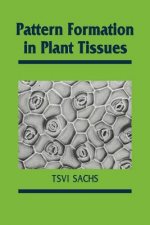
Pattern Formation in Plant Tissues
64.30 € -
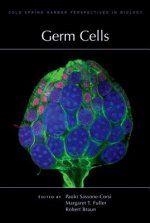
Germ Cells
149.28 € -

Zebrafish: Cellular and Developmental Biology, Part A Cellular Biology
197.02 € -

Handbook of Stem Cell Applications
962.66 € -2 % -
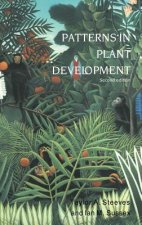
Patterns in Plant Development
182.94 € -

Aging of the Organs and Systems
176.15 € -

Volume Electron Microscopy
203.81 € -

Reproductive Biology and Early Life History of Fishes in the Ohio River Drainage
303.27 € -

Cell Cycle Control
226.98 € -17 % -
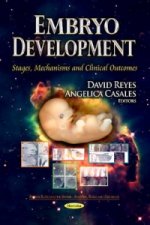
Embryo Development
140.90 € -17 % -
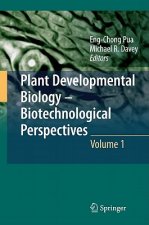
Plant Developmental Biology - Biotechnological Perspectives
246.55 € -2 % -
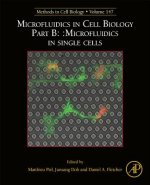
Microfluidics in Cell Biology Part B: Microfluidics in Single Cells
203.81 € -

International Review of Cytology
305.37 € -
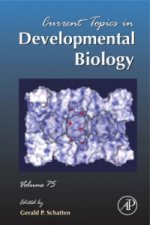
Current Topics in Developmental Biology
195.22 € -
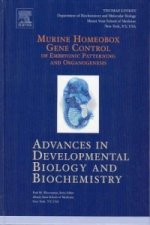
Murine Homeobox Gene Control of Embryonic Patterning and Organogenesis
206.01 € -

Current Topics in Developmental Biology
184.43 € -
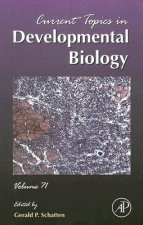
Current Topics in Developmental Biology
195.22 € -
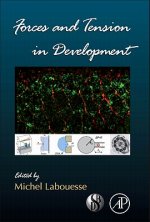
Forces and Tension in Development
184.43 € -

Nuclear Receptors in Development and Disease
179.04 €
Collection points Bratislava a 2642 dalších
Copyright ©2008-24 najlacnejsie-knihy.sk All rights reservedPrivacyCookies


 15549 collection points
15549 collection points Delivery 2.99 €
Delivery 2.99 € 02/210 210 99 (8-15.30h)
02/210 210 99 (8-15.30h)